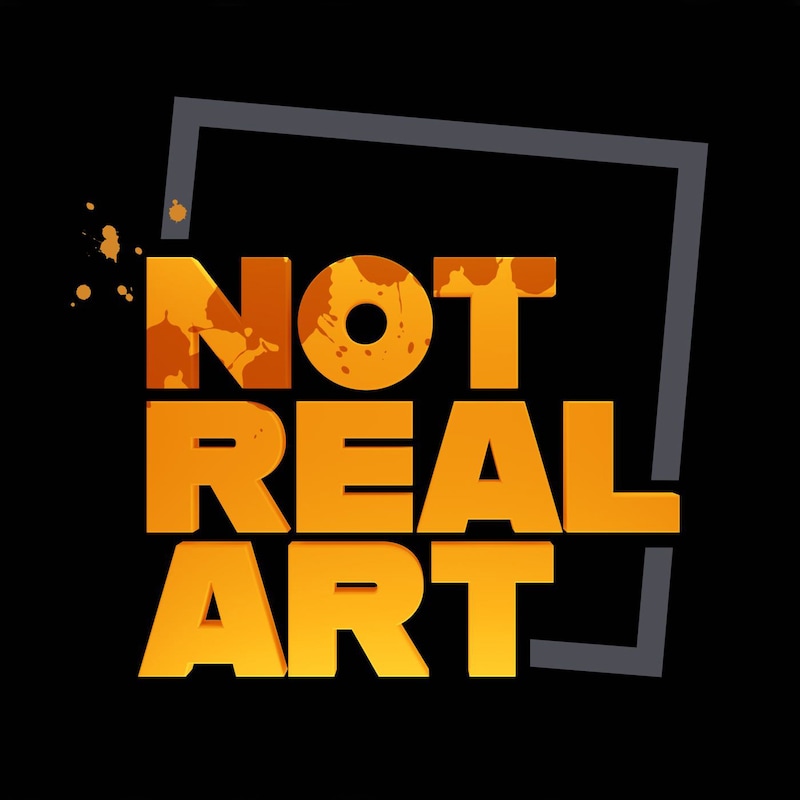
James L Hussey: The Director Questioning Roy Lichtenstein’s ‘Art of Appropriation’
Episode 219 •
16th May 2023 • Not Real Art • Crewest Studio
00:00:00
00:57:08

